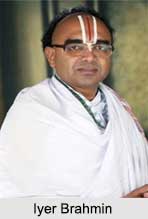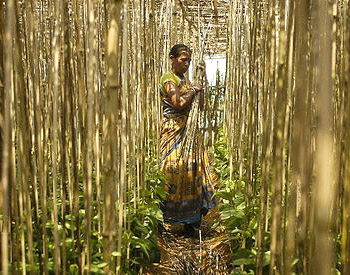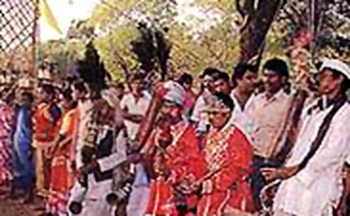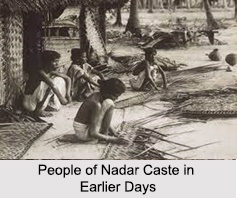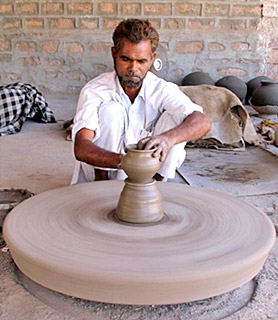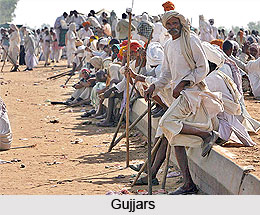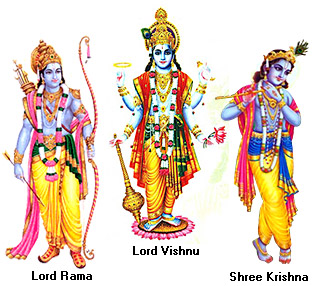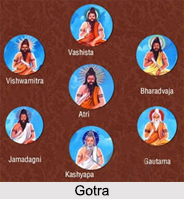 Shri Talaja Teerth located in Gujarat is a Jain pilgrimage centre. The teerth kshetra is situated on a hill of the Talaja Village. The village is located on the confluence of the rivers Setunjaya and Sarita. The temple is dedicated to Lord Sumatinatha, the fifth Jain Tirthankara.
Shri Talaja Teerth located in Gujarat is a Jain pilgrimage centre. The teerth kshetra is situated on a hill of the Talaja Village. The village is located on the confluence of the rivers Setunjaya and Sarita. The temple is dedicated to Lord Sumatinatha, the fifth Jain Tirthankara.
History of Shri Talaja Teerth
The historical records suggest that Shri Talaja Teerth dates back to the ancient times. In ancient times, the holy teerth kshetra was regarded as a peak of Mt. Shetrunjaya. Presently the teerth is belongs to the group of the five sacred places of Mt. Siddhachal. The hill is almost 320 feet high. There are tough steps for climbing the hill. Many ancient big and small are located here. It is said that the temple of the lord was built by King Kumarpal in the twelfth century. The idol of is also thought to belong to the times of King Samprati. Since its construction the temple was repaired and renovated several times. The last renovation was done on the thirteenth day of the bright half of the month of Vaishakh in the year 1872 of the Vikram Samvat Era. The lamp in the temple keeps burning here continuously. The idol of Lord Sumatinatha is believed to possess miraculous powers and is visited by thousands of Jains and non Jains from far off places. They come here to offer their prayers to the Lord and receive his blessings. It is believed that if prayed with all devotion the Lord fulfils the wishes of the pilgrims.
Temple of Shri Talaja Teerth
The temple of Shri Talaja Teerth housing the deity of Lord Sumatinatha looks stunning. It has been brilliantly decorated with elaborate artistic designs. It reflects the artistic work of the craftsmen. The walls and pillars of the temple are adorned with specimens of ancient art and paintings. The beautiful caves present here state about the antiquity of the place and are worth visiting. It is said that these tanks were made during the reign of Emperor Ashoka. Great tanks for storing water, oil, and ghee have been made inside the tanks. These were made for Buddhist monks to spread Buddhism and the memories of great men who stayed in these caves.
The idol of Lord Sumatinatha is 79 cm in height and is black in colour. It is seated in a padmasana posture. The smiling face of the Lord looks very calm and serene. Apart from this there are temples dedicated to Lord Chintamani Parshvanatha and Lord Mahavira. The Gurumandir is also located here that houses the idols Gautam Swami, Sudharma Swami, Jambu Swami, Kalikalasarvjna Hemchandra Surishvarji, Vruddhichanda Surishvarji and King Kumarpala. There are two temples situated in the village also that houses the beautiful idols of Lord Shantinath, the Sixteenth Jain Tirthankara and Lord Mallinath, the Nineteenth Jain Tirthankara.
The Temple of Shri Talaja Teerth organizes many annual gatherings and functions that are celebrated with much enthusiasm. There are provisions for dharamshalas or rest houses for the pilgrims. These are well equipped with all modern facilities. Apart from this there are Upashrays, an Ayambilshala and a Jnanabhandar. The teerth is situated in the midst of beautiful natural surroundings. Being located in a village the temple is enclosed by scenic beauty and greenery that mesmerizes and fascinates the pilgrims. The calm and tranquil environment makes the teerth a suitable place for religious activities. The kshetra is well connected to road, rail and air. Taxi services and bus services are easily available here. The nearest railway station is located at Talaja that is at a distance of 2 kilometres from the temple. Palitana is at a distance of 38 kilometers from here.










